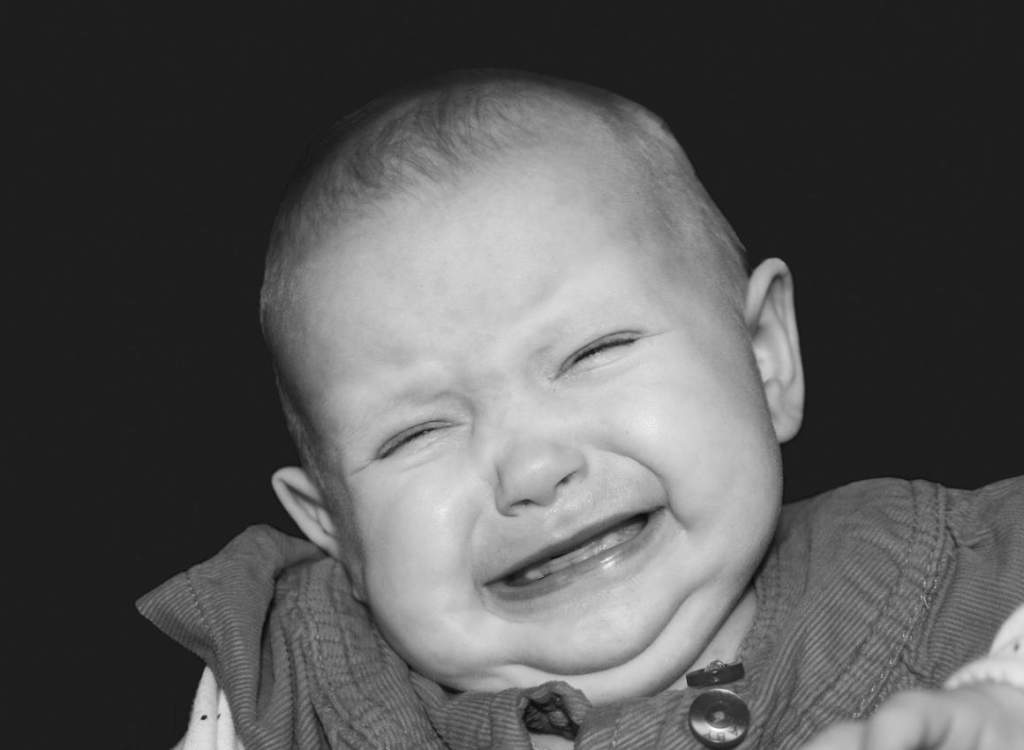Bad Breath Causes and Treatment
Even women who aren’t normally concerned about their breath worry when they reach for a wedge of garlic bread, a dollop of onion dip, or a helping of their favorite curry. Contrary to what you might think, popping a breath mint or swishing mouthwash may not always be the best answer. Used too often, several times a day, mints and rinse mask the problem and don’t get to the cause. Just as you would hunt for the source of an odor in your kitchen, your best bet is to figure out what’s causing your bad breath. Smoking and drinking alcohol are common but obvious causes.
Researchers have always suspected that the true culprit behind ordinary bad breath may live on your tongue. This hypothesis gained support in a study by Dr. Erika H. DeBoever, which was conducted at the Department of Biologic Materials Sciences at the University of Michigan in Ann Arbor. Dr. DeBoever studied 16 men and women with bad breath, most of whom had already tried regular mouthwash, mints, and gum.
She found that the problem was most noticeable in those whose tongues were naturally coated with a film of bacteria and whose tongues also contained deep fissures in which organisms could hide. If you have bad breath more than just occasionally and you don’t smoke and a doctor has ruled out an underlying medical cause, such as gastrointestinal upset, medications, gum disease, infected or decayed teeth, or a respiratory tract infection, try these tactics suggested by women doctors.
Starting with the basics, the occasional use of odor-masking rinses can help, but it’s also important for women to pay strict attention to good dental hygiene. Start by brushing and flossing your teeth and scrubbing your tongue. Brush with a mouth rinse. A recent study found that people who brushed their tongues and rinsed with mouth rinse after breakfast and before going to bed reduced foul mouth odor.
Specifically, people in the study followed these steps. They brushed their teeth with the toothpaste of their choice. Then they dipped their toothbrushes in a mouth rinse with .012 percent chlorhexidine gluconate such as corsodyl and brushed their tongues. Then they rinsed for 60 seconds with the same rinse. Last they refrained from eating drinking or rinsing with water for at least a half-hour. When the men and women in the study followed this ritual for seven days, the suspect organisms in their mouths were significantly reduced, and so was their bad breath.
Switch to a rubber-tipped brush. Use a toothbrush with a rubber pick on the end to do a little housecleaning when you say “ah” says the internist. Food can gather not only in your teeth and gums but also in hidden folds near your tonsils “anywhere in the little pockets in the back of your mouth, she says. Left them, it can cause bad breath. A water pick-type device works, too. Snack on a spring.
For basic food-related odours munching on some parsley, a folk remedy of sorts really does clear the air. Make the water your after-dinner drink, merely swishing your mouth with good old H2 O will freshen your mouth after a meal or a coffee break. As an added bonus, it also helps remove plaque the sticky build-up of bacteria, and tartar that leads to tooth decay, gum disease, and bad breath.







